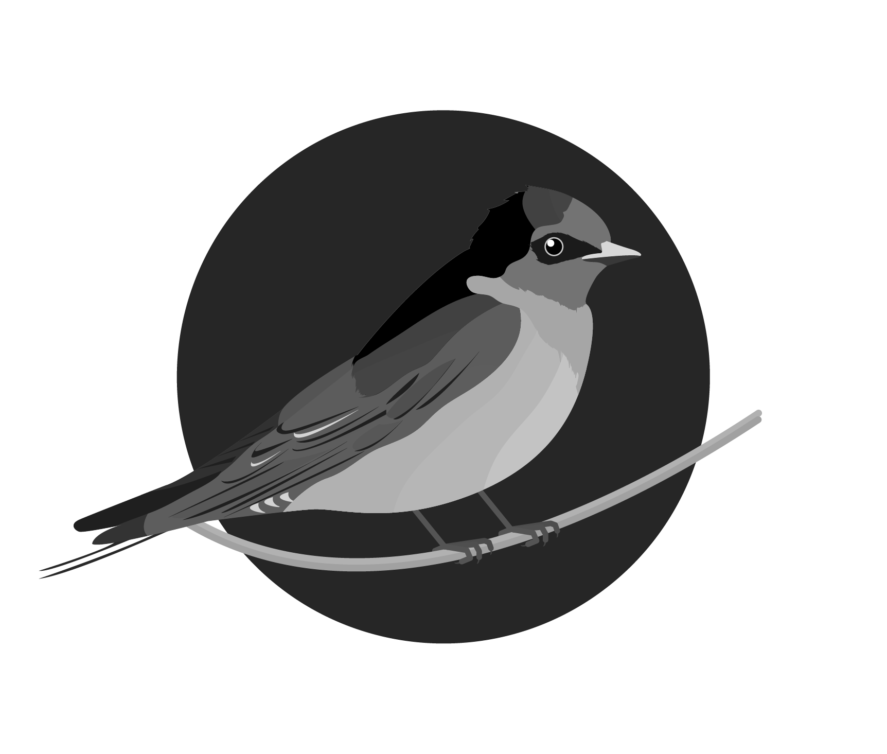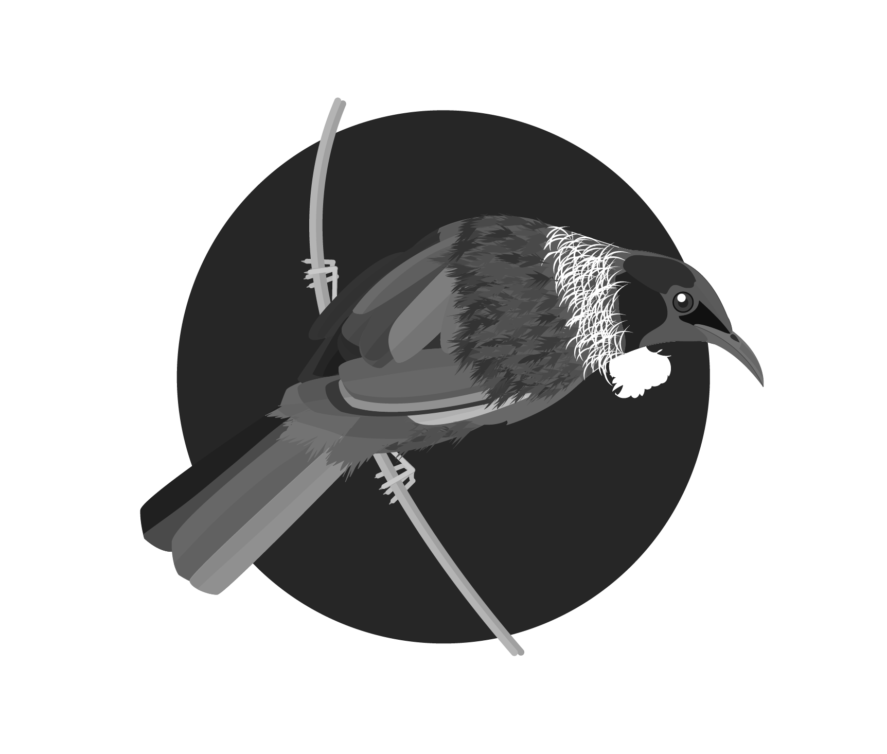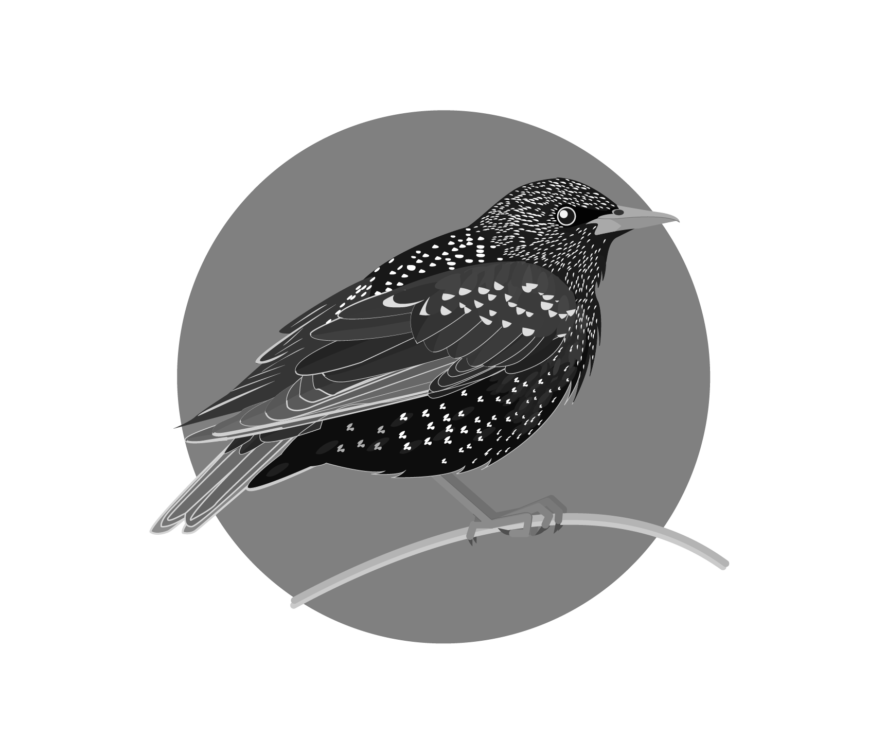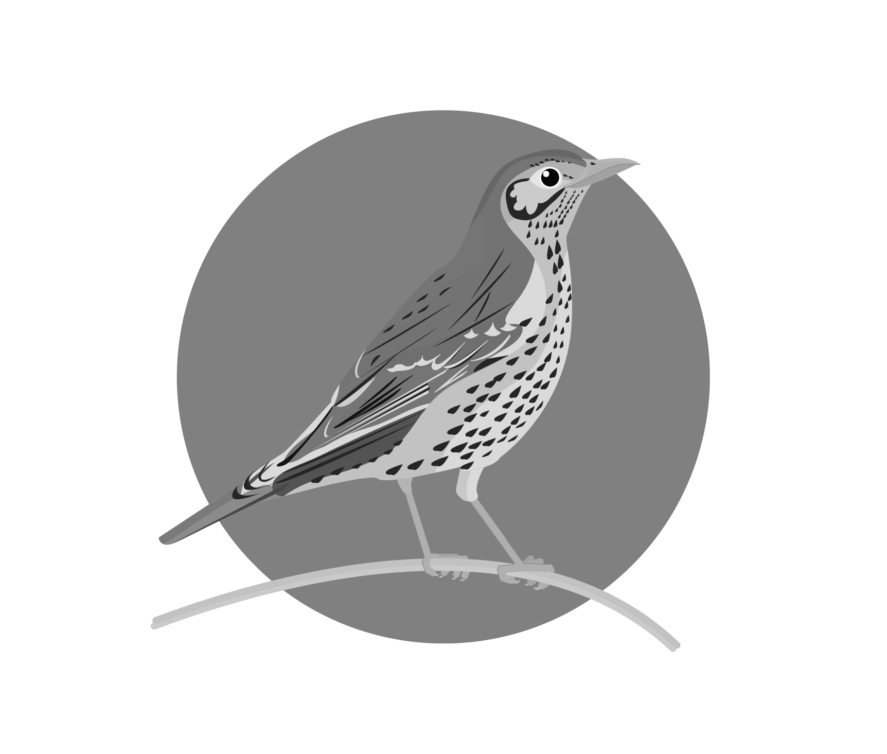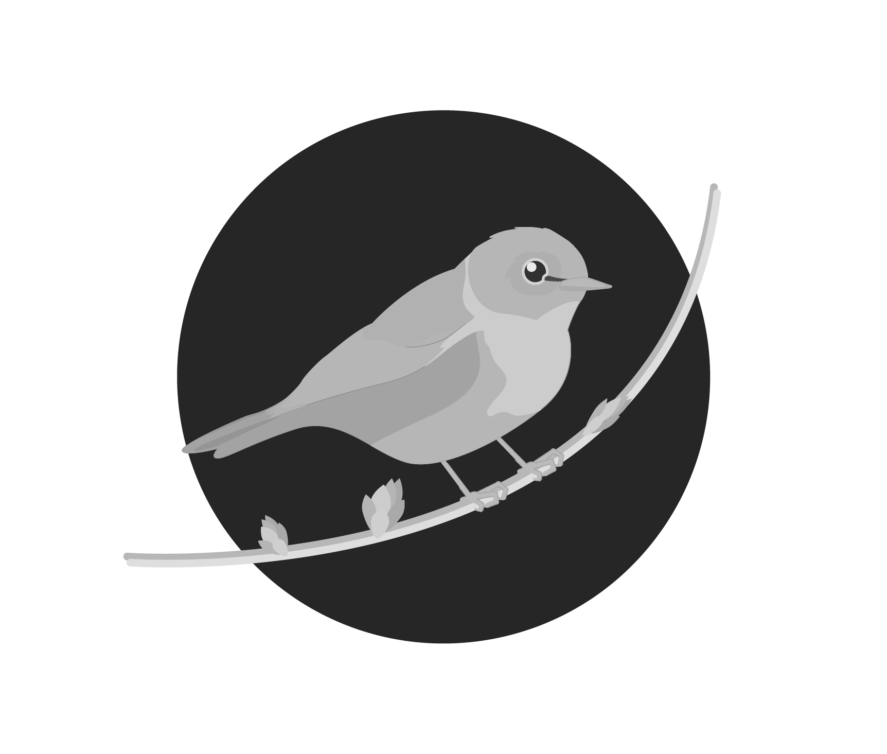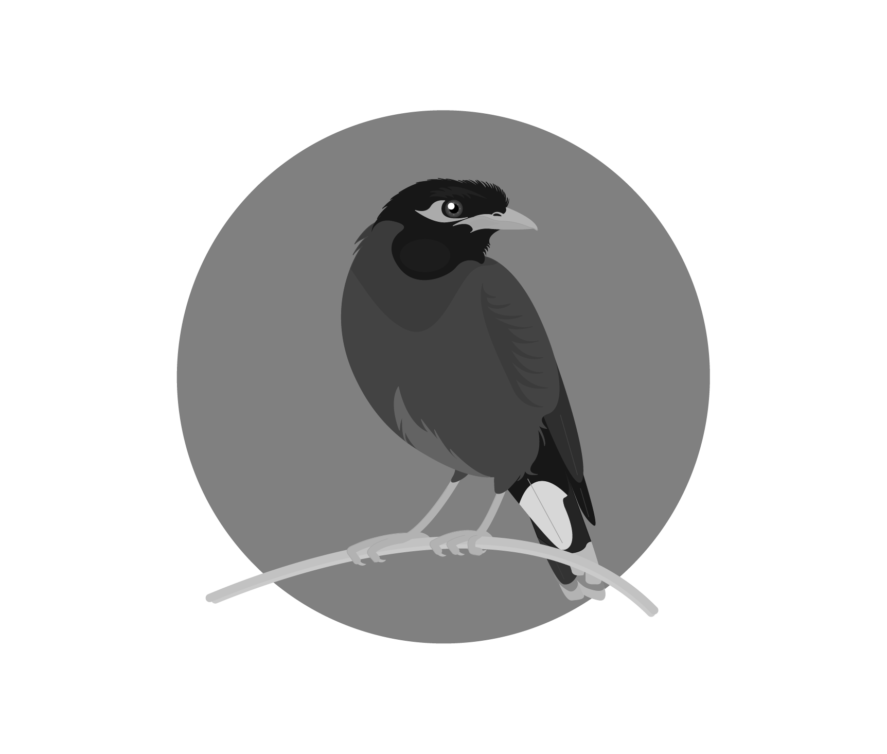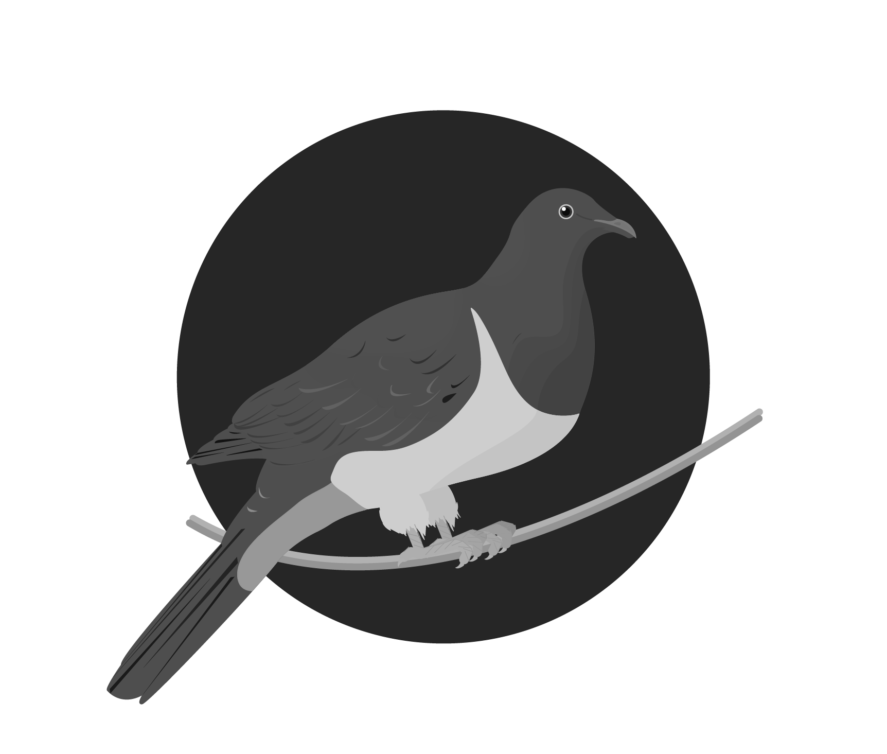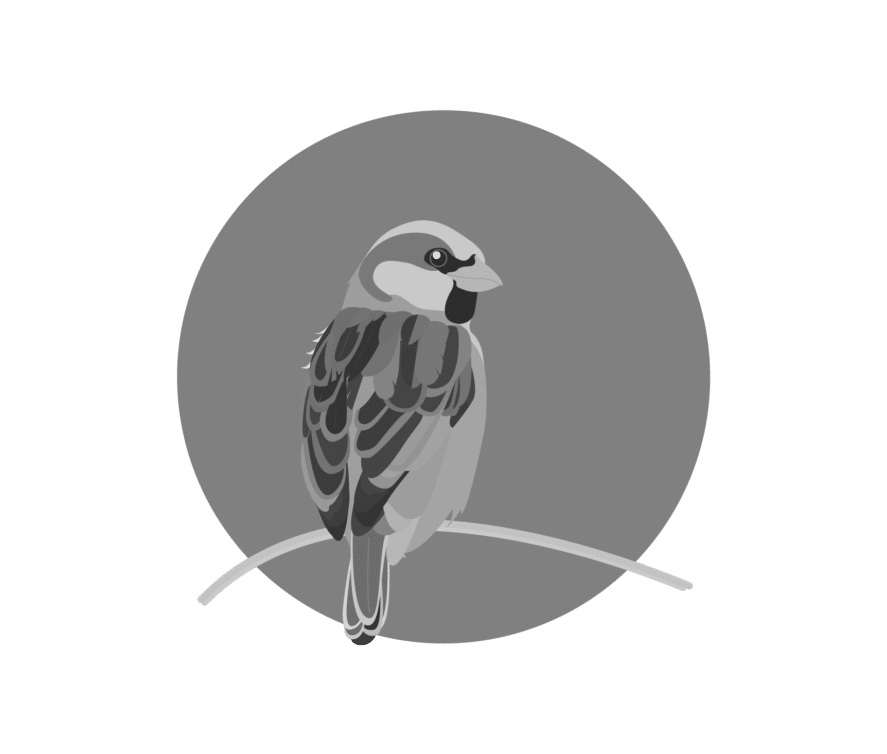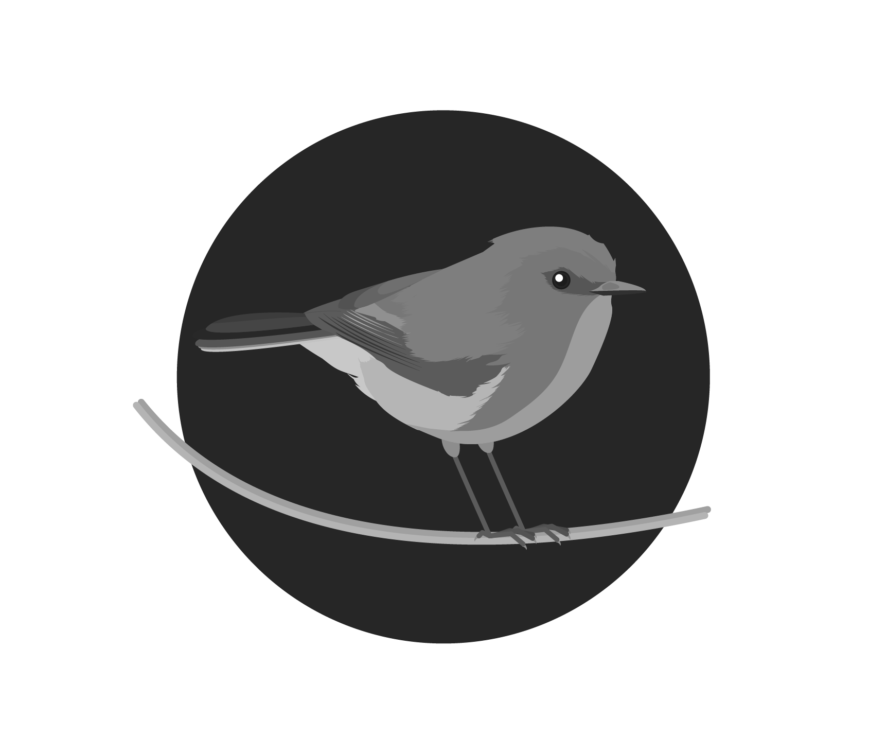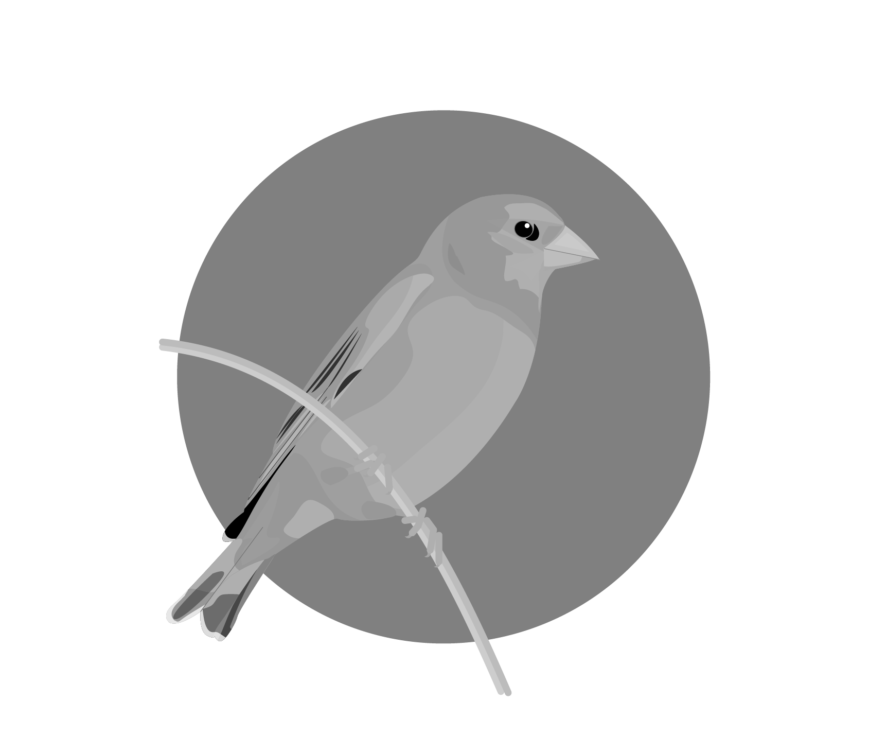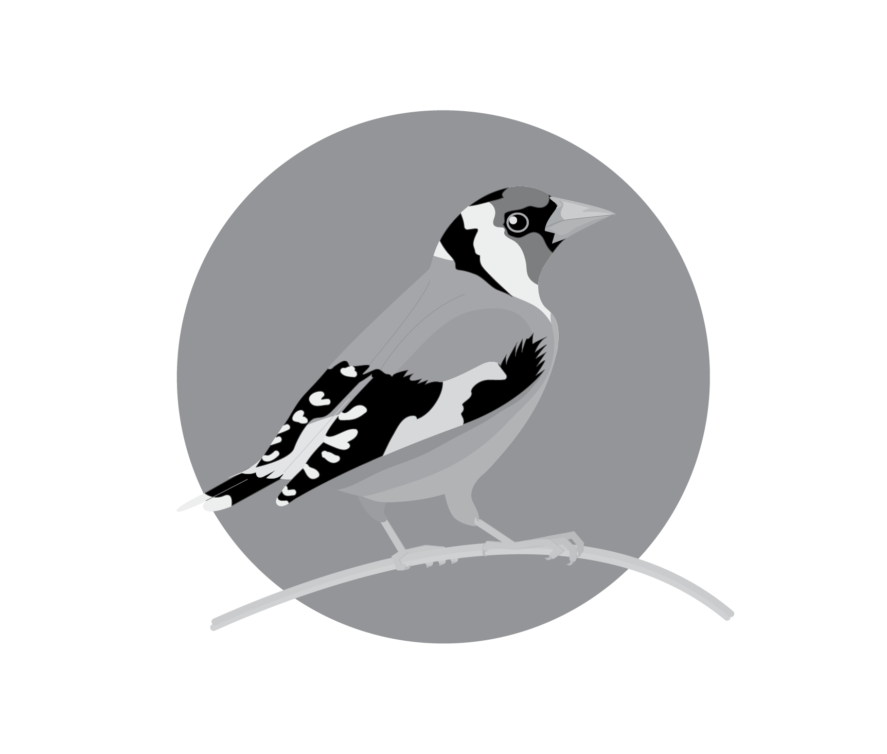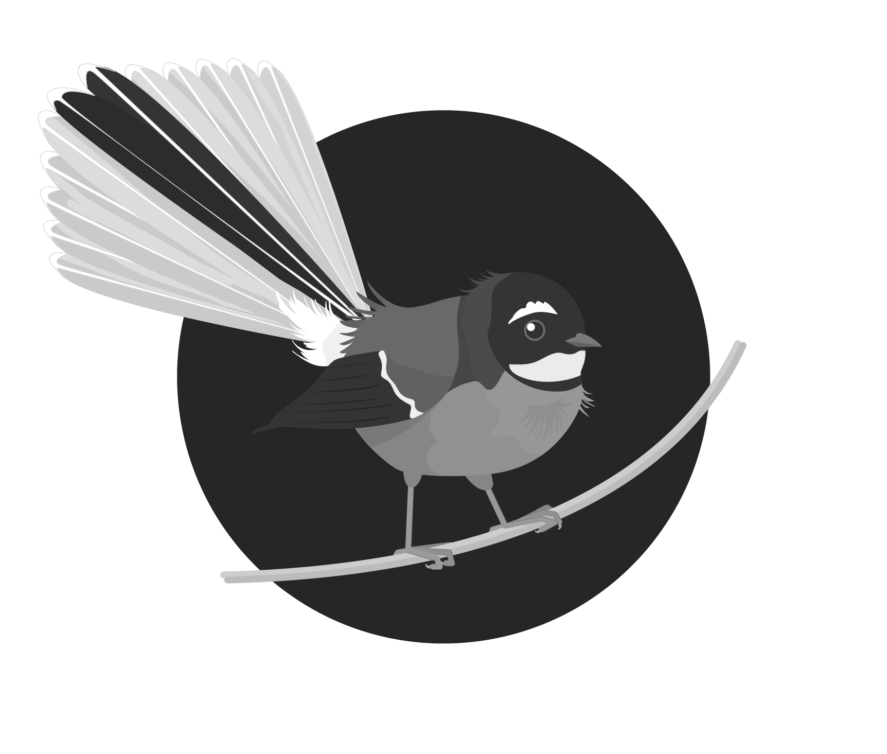Dunnock
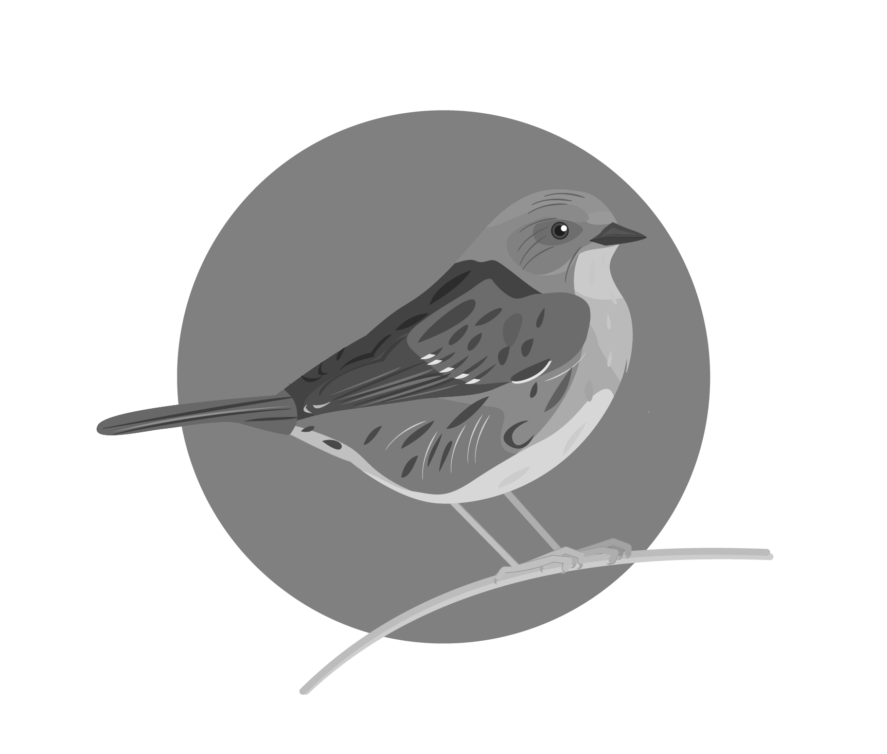
The Secretive Dunnock of New Zealand
The Dunnock (Prunella modularis), also known as the Hedge Sparrow, is a small, inconspicuous bird that was introduced to New Zealand from Europe in the late 19th century. Despite its plain appearance, the Dunnock has an interesting behavior and is a familiar presence in gardens and hedgerows across the country.
Appearance
Dunnocks are small birds with a slender build, typically measuring around 14 cm in length. They have brown-streaked upperparts and a greyish-brown underbody, with a distinctively fine and pointed beak. Both males and females share similar plumage, making it difficult to distinguish between the sexes based on appearance alone.
Habitat and Distribution
Dunnocks are highly adaptable and can be found throughout New Zealand, favoring habitats such as gardens, hedgerows, woodlands, and shrublands. They are often seen foraging close to the ground, under dense vegetation, where they find protection from predators and ample food supply.
Diet
The diet of the Dunnock mainly consists of insects, spiders, and small invertebrates, which they pick from the ground or low vegetation. During the winter months, they also consume seeds and berries. Their feeding behavior is often solitary, and they are commonly seen hopping along the ground in search of food.
Behavior and Song
Dunnocks are generally shy and secretive birds, often remaining hidden within dense foliage. However, they are known for their sweet and high-pitched song, which can be heard throughout the year but is most pronounced during the breeding season. Their song consists of a rapid series of trills and chirps.
Breeding
The breeding season for Dunnocks in New Zealand spans from August to February. They have a complex mating system that can include monogamous, polygynous (one male with multiple females), and polyandrous (one female with multiple males) relationships. Females build cup-shaped nests close to the ground, where they lay 3-5 eggs per clutch. Both parents, and sometimes additional males, contribute to feeding the chicks.
Conservation Status
As an introduced species, the Dunnock is not considered at risk in New Zealand. They have established stable populations and are commonly seen in suitable habitats across the country. However, their presence can influence the dynamics of native bird species through competition for food and nesting sites.

